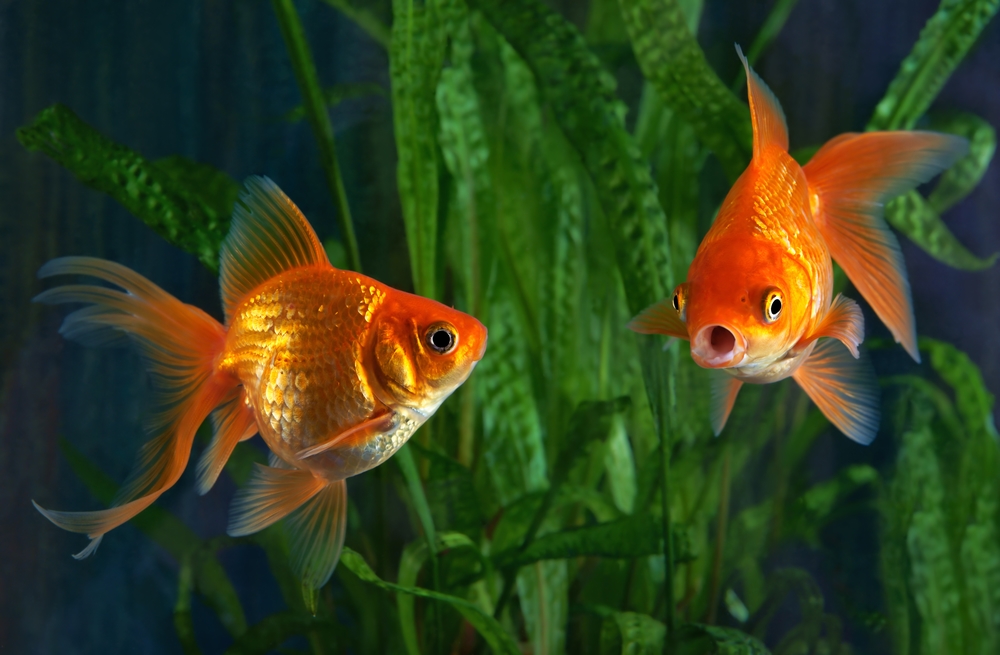The aquarium filter is considered one of the important components of freshwater and marine tanks or pools. It removes physical and chemical wastes from the aquarium, particularly those that are soluble thereby simplifying maintenance.
Fish tanks are filled with the waste from fishes, from uneaten food or plants, and from dead fishes. These waste materials build up and can pollute the water. In effect, the health of the inhabitants is in danger and filtration must be done to maintain a healthy water environment.
Proper management of the nitrogen cycle is important. Nitrogen is produced in the aquarium through fish excretion, which in its decomposing state will produce ammonia. Such substances are highly toxic to the fish and therefore should be properly eliminated from the aquarium. This process of elimination is realised through an efficiently functioning aquarium filter.
In terms of aquarium filtration, one can employ either the mechanical filtration method or the chemical filtration method. Mechanical filtration is used to remove particulate materials, such as uneaten foods, algal debris, and fish waste. This is done by using extremely complex equipment and/or by sifting pollutants using one’s hands. On the other hand, chemical filtration is used to remove dissolved chemical wastes by using activated carbon and foam fractionation (a chemical process used to separate hydrophobic molecules and liquid solution through rising columns of foam).
There are a lot of materials suitable for aquarium filtration. Nylon or Aquarium filtration equipment includes synthetic wools made of polyethylene terephthalate. Mechanical filter materials, such as foams or synthetic sponges, silicon products ceramic, and glass, and igneous gravels, are used. For biological filtration, it is best to use plastic “bioballs.”











